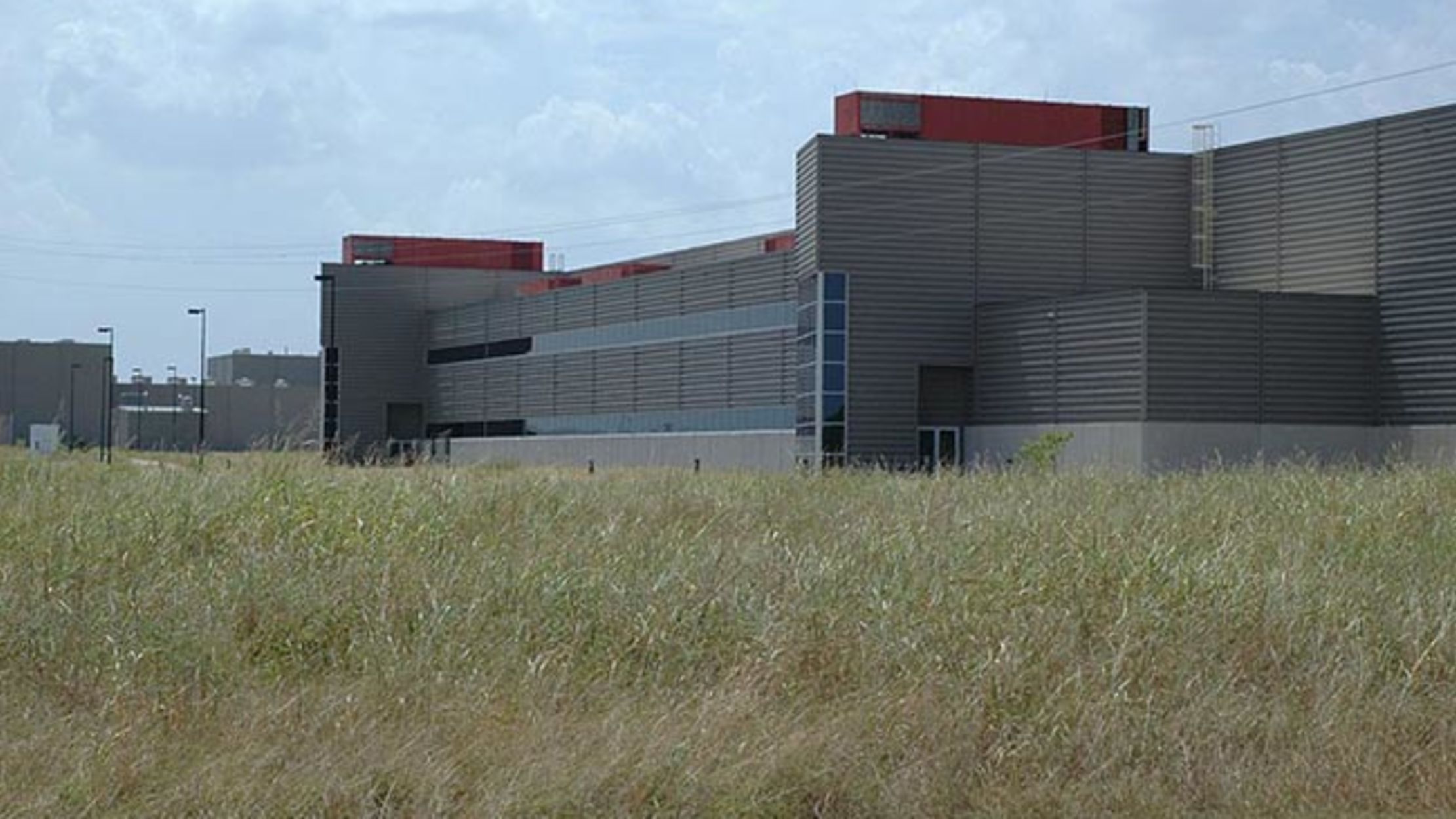

įermilab director and subsequent Nobel physics prizewinner Leon Lederman was a very prominent early supporter – some sources say the architect or proposer – of the Superconducting Super Collider project, as well as a major proponent and advocate throughout its lifetime. Led by Stanford University physicist Stanley Wojcicki, and charged with making recommendations “for a forefront United States High Energy Physics Program in the next five to ten years.” the HEPAP subpanel recommended that the US build the Superconducting Super Collider. Įarly in 1983, HEPAP ( High-Energy Physics Advisory Panel) formed the New Facilities for the US High-Energy Physics Program subpanel. The supercollider was formally discussed in the 1984 National Reference Designs Study, which examined the technical and economic feasibility of a machine with the design energy of 20 TeV per proton.

After 22.5 km (14 mi) of tunnel had been bored and about 2 billion dollars spent, the project was cancelled by The US Congress in 1993. Department of Energy administrator Louis Ianniello served as its first project director, followed by Joe Cipriano, who came to the SSC Project from the Pentagon in May 1990. The laboratory director was Roy Schwitters, a physicist at the University of Texas at Austin. Its planned ring circumference was 87.1 kilometers (54.1 mi) with an energy of 20 TeV per proton and was designed to be the world's largest and most energetic particle accelerator. Also nicknamed the desertron ) was a particle accelerator complex under construction in the vicinity of Waxahachie, Texas. The Superconducting Super Collider ( SSC) (a proposed official name was the Ronald Reagan Laboratory. The tunnels were filled with water to preserve them, and the project campus was vacated and sat empty for quite some time before a nearby industrial company purchased the property to relocate its business operations.: 32☂1′51″N 96★6′38″W / 32.36417°N 96.94389°W / 32.36417 -96.94389 When the project was shut down in 1993, over $3 billion had been spent, sinking 17 tunnel shafts deep into the Texan earth, and boring over 14 miles of tunnels.

Projected costs had surpassed the original $6 billion dollars - coming in at $10 billion - and it was estimated that it would cost about $1 billion to shut down the project at that point. The project saw a surprisingly sudden dissolution in the summer of 1993 when Congress decided to shut down the project. The super collider was going to be a major milestone in the physics community that would realize the Higgs boson – the last particle in the Standard Model of physics.Ĭongress approved the project in the late 1980s, and soon applications went out to begin recruiting physicists and engineers from around the country and around the world.

Ellis County Texas sits on top of a large deposit of Austin Chalk, a geological formation that can hold its shape without risking its stability, which is ideal for tunneling and boring. Planned to be three times as large as CERN’s seventeen-mile collider ring in Europe, the Texas super collider was a planned 52-mile collider ring with tunnels measuring 14 feet in diameter and had a $6 billion price tag. These “ghost stories” provide a glimpse of just how different our nation’s built environment could have been if they had seen completion.īuried beneath the ground in the Ellis County town of Waxahachie, Texas, lays the flooded remains of what was supposed to be the world’s largest particle super collider.
#TEXAS SUPERCOLLIDER SERIES#
This is the fourth post in a series about projects that share the same fate of abandonment and the bitter forgetfulness of the passing of time. More often than imagined, major projects are started and never finished they are left to be forgotten, holding secrets of the past and sharing insights into what could have been. While we only see the projects that reach completion, it is important to note that many designs and plans have come and gone before them. Much thought and planning go into the design of our cities and environments.


 0 kommentar(er)
0 kommentar(er)
